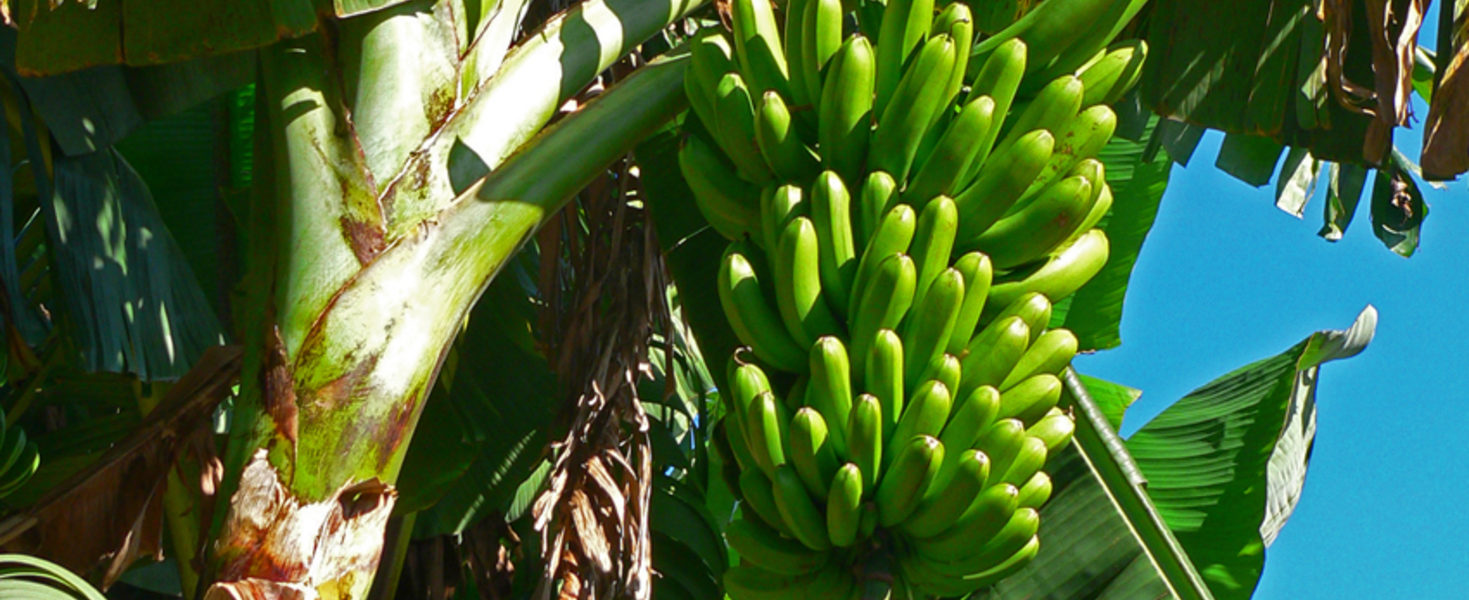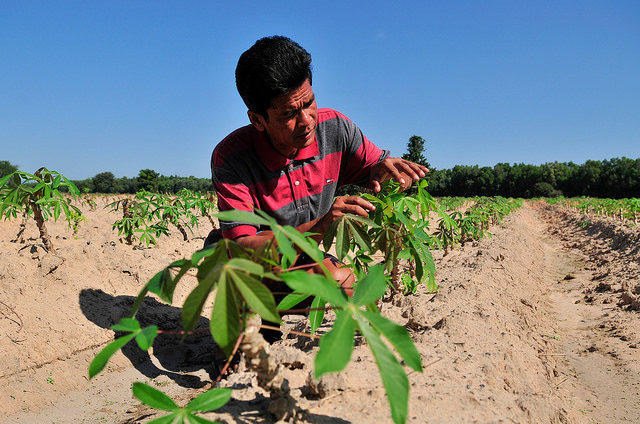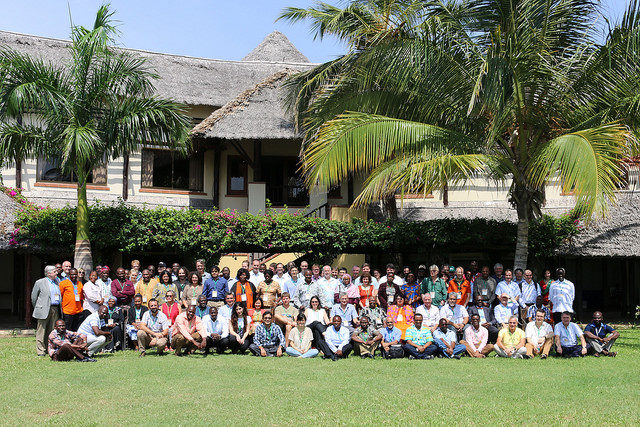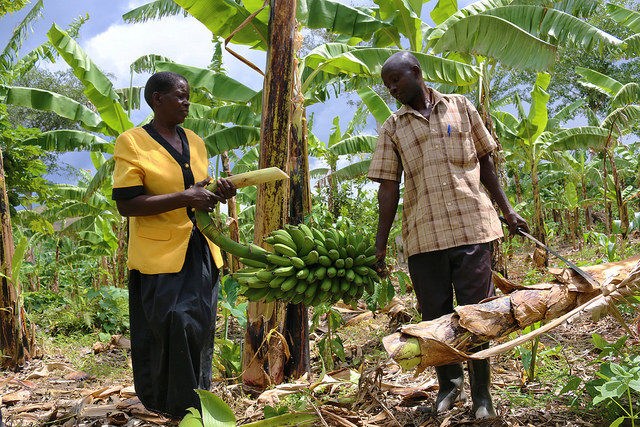The International Society for Horticultural sciences (ISHS)/ProMusa symposium entitled “Unravelling the banana’s genomic potential”, was held from 18-20 August 2014 as one of the symposia of the 29th International Horticultural Congress in Brisbane, Australia.
Banana acts as a starchy staple food crop for approximately 500 million people, particularly those in the least developed countries, where many poor families are involved in its cultivation and many others benefit as consumers. In many parts of the world, productivity remains well below the optimum and, in certain areas, pitifully poor. Banana is also a potential gold mine of vitamins and micronutrients. With the banana genome recently unravelled, that potential is now more than ever ready to be exploited by the scientific community beyond boundaries not yet imagined. The genome sequence provides access to the plant’s over 36,000 genes, making it possible to identify those genes responsible for particular traits, such as disease resistance, dwarfism, fruit quality and many more, and opening up many exciting new opportunities.
With support from RTB, this symposium took stock of ongoing research efforts with the impact of the recently sequenced genome but also other areas of research. Special attention was given to Fusarium wilt tropical race 4, which is already a major problem in Asia and poses a huge threat for banana production in Africa and Latin America. The contribution of banana to human health and nutrition was highlighted, with a special focus on the crop’s diversity.
The first ISHS/ProMusa symposium was held in South Africa in September 2007. Participants from 25 countries came together in White River, South Africa, to discuss the status of banana diseases and pests and progress made in their control, and to identify research priorities for the coming years.
You can access the presentations, workshop documents and photos of the Symposium on the ProMusa website: http://www.promusa.org/article128



